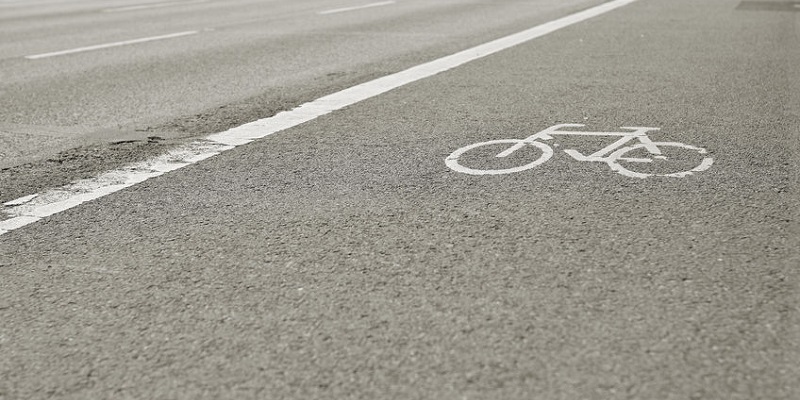Denver and Longmont are shelling out millions of dollars to convert local roadways into biker-friendly, mixed-use corridors. Denver’s Broadway project, should cost $13.1 million, while Longmont will spend more than $21 million to convert 10 of its roads.
Denver, Longmont Enlarge Bikers’ Rights of Way
Bicycles are taking on a bigger role and more terrain in Colorado cityscapes, two local projects illustrate. Denver and Longmont are allocating additional space on key roadways to make room for the two-wheel, human-powered conveyances.
Denver’s decision to install a two-way bike lane on Broadway might have been seen as an experiment, but, given its success, the city is deciding to adopt and to expand it permanently. And although it might seem like a trivial matter, it’s worth noting because the lane expansion is taking from automobiles’ rights of way. The city is endorsing bicycle use and embracing that part of the city’s character.
The two-way bike lane will run from 7th Avenue, across Cherry Creek, to Center Avenue, The Denver Post’s Andrew Kenney reported. The city expects the project to take about one year to complete, cost $1.1 million to design, and cost $12 million to build. City leaders have already set aside the money from the $341 million streets and transportation bond issue approved by 75 percent of voters in November 2017.
Broadway has long been a congested one-way auto traffic artery, something that began to change in 2016, when the city installed one-half mile of two-way bike lanes and banned cars from the street’s bus lane. The change generated both complaints and praise from motorists and residents, but two years later, The Post reports, city planners view it as a good decision.
The new phase will lengthen the lanes to about 1.5 miles and involve intersection reconstruction, new traffic signals, and pedestrian ramps, as well as minor adjustments to improve bus service. The changes will convert the thoroughfare into a route that’s more conducive to bike riding. Doing so will also connect the area near I-25 with the Cherry Creek bike path.
Residents can add their views while plans are still developing by participating in public events to be announced by Denver Moves Broadway, the bike project’s parent program. Planners expect the architects to complete its blueprints in 12 to 18 months, allowing construction to kick off in the spring or summer of 2020.
Longmont Planning Paths for Bikers and Walkers
Longmont is planning to create radical improvements for bikers and pedestrians in its more than $21 million quest to convert 10 local roads into enhanced, multi-use corridors, beginning with Mountain View Avenue in 2019, Sam Lounsberry of the Daily Camera reported. The projects will expand bike lanes, sidewalks, and traffic buffers. And, like Denver’s Broadway project, they will eat up territory, such as parking spaces, that once belonged to automobiles.
City transportation planners are targeting those particular roadways for the changes because, unlike so many other Colorado streets, roads, and highways, they are underused by automobile traffic. The original planners actually over-allocated space for motor vehicles.
The largest of the projects will transform Gay Street from Colo. 66 to Price Road and cost $11.2 million, the Daily Camera reported. You can view detailed plans for the road changes here and read an overview of the enhanced multi-use corridor program here.
Plans Creating Safer Paths for Imperiled Bikers
Denver’s and Longmont’s plans correspond not only with Colorado’s growing and well-deserved reputation as a haven for bicyclists, but also with the deadly risks associated with the transportation mode.
The state has seen shocking increases in Colorado bicycle accident fatalities in recent years.
By Sept. 17, 2018, at least 16 bicyclists had died in traffic accidents across the Centennial State, according to statistics kept by the Colorado Department of Transportation. Coincidentally, that figure is equal to the 16 bikers who died over the full course of 2017 and the 16 more who died in 2016. The three years have surpassed every other year since 2002 for bike fatalities.
A 2017 study by the Governors Highway Safety Association, which looked at U.S. figures ending in 2015, found that bicyclist deaths had risen 12.2 percent to 818 that year. It was the largest increase of all road user segments. And unlike decades past, when children and teenagers made up the bulk of these deaths, the average age of the bikers who died was 45. About 85 percent of these are males.

